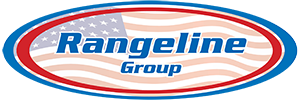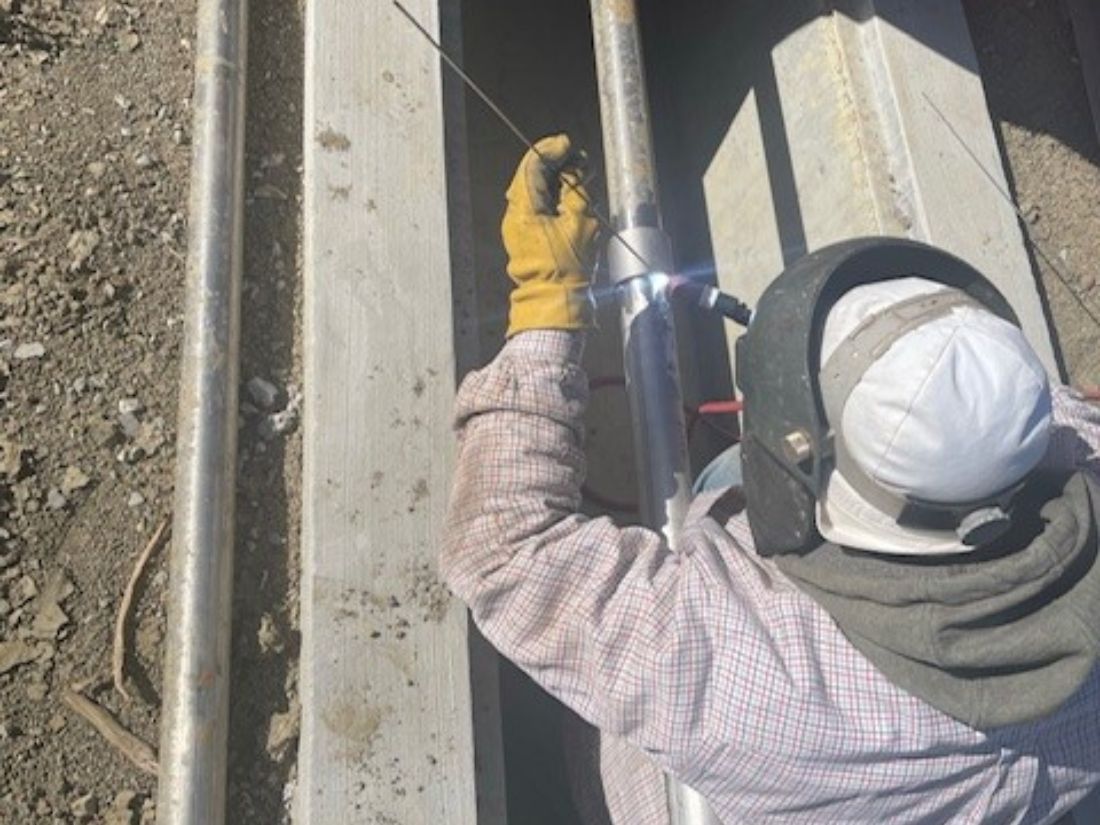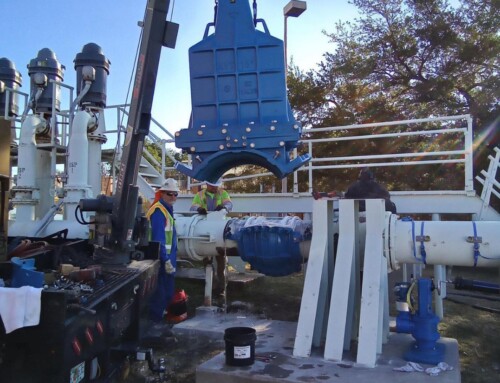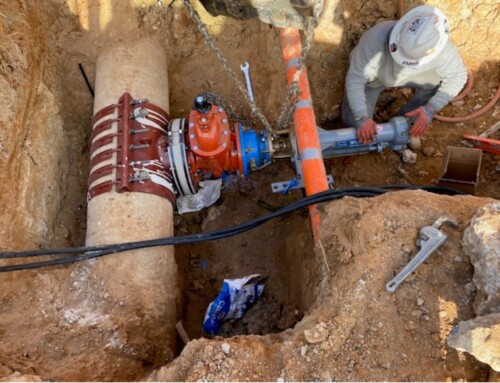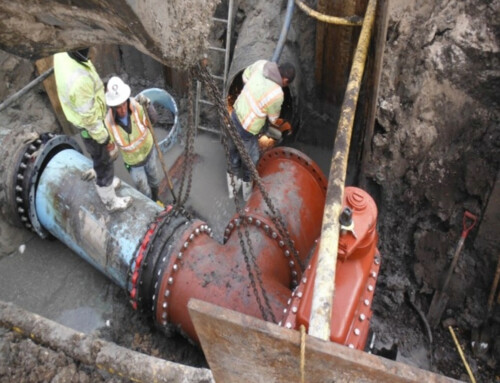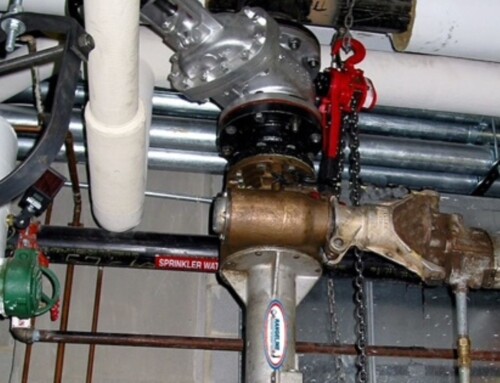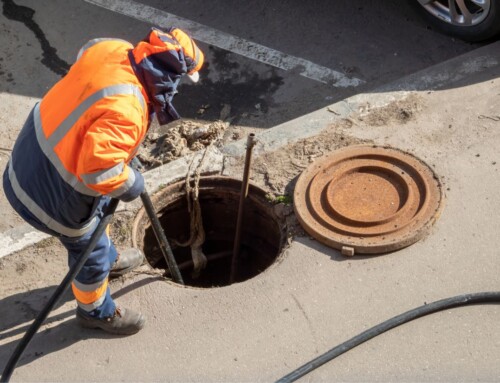The world of industrial piping is ever-evolving, with new and more efficient ways to help businesses around the globe excel. However, an overlooked yet integral aspect of repair processes involves welding when it comes to pipeline maintenance. Therefore, understanding the advanced welding techniques utilized today can be a game-changer for any company working with industrial piping systems. Take a look at the various advanced welding techniques in industrial piping in our article below and gain valuable insight.
Gas Tungsten Arc Welding (GTAW)
First, we have gas tungsten arc welding (GTAW). This process is one of the most precise methods available for joining metals. This technique relies on a form of tungsten electrode that’s not combustible, making it more reliable for creating an arc of electricity, resulting in a stable, high-quality weld. The use of an inert gas, such as argon, further ensures a clean, shielded environment free of impurities.
GTAW is known for its versatility, as it can weld a wide range of metals, including stainless steel, aluminum, and titanium. This method is particularly suitable when you desire high-quality, visually appealing welds.
Metal inert gas welding (MIGW)
Metal inert gas welding (MIGW) is popular for its speed, efficiency, and ease of use. This process uses a solid wire electrode which is continuously fed through a welding gun, creating an electric arc with the base metal that melts and fuses the materials together. Simultaneously, an inert shielding gas moves through the gun to protect the weld pool from atmospheric contamination.
Gas Metal Arc Welding (GMAW)
GMAW stands out for its adaptability, being effective on a broad spectrum of metals and alloys. It is particularly useful in applications requiring high production rates, and where joint accessibility is limited. This welding technique is common in many industries, including ones with regular pipeline maintenance.
Flux-Cored Arc Welding (FCAW)
Flux-cored arc welding (FCAW) has risen in popularity due to its efficiency and effectiveness in joining thicker materials. It is a process that uses a continuously fed consumable tubular electrode filled with a flux compound to create the weld. This flux compound forms a protective gas shield around the weld pool when heated, preventing contamination and oxidation.
This method also provides numerous advantages, such as a high deposition rate, reduced cycle times, and minimal post-weld cleaning. It is an excellent choice for applications that involve high production levels and demand superior durability.
Laser Beam Welding (LBW)
Laser beam welding (LBW) is another advanced technique that leverages the power of concentrated light energy. This process utilizes a high-powered laser that generates a concentrated heat source, seamlessly melting and fusing the materials together.
LBW is precise and efficient, and welders can use it on various materials, including metals, plastics, and composites. The primary applications for this method include industries where precision and aesthetics are paramount.
Stay Ahead With Advanced Welding Techniques
Understanding and implementing advanced welding techniques in industrial piping can be the key to unlocking your pipeline’s efficiency, quality, and reliability improvements. As a company dedicated to providing high-quality industrial pipeline services, we strive to help our clients capitalize on these advances. Get in touch with our team today if you’re interested in what we can do for you.
